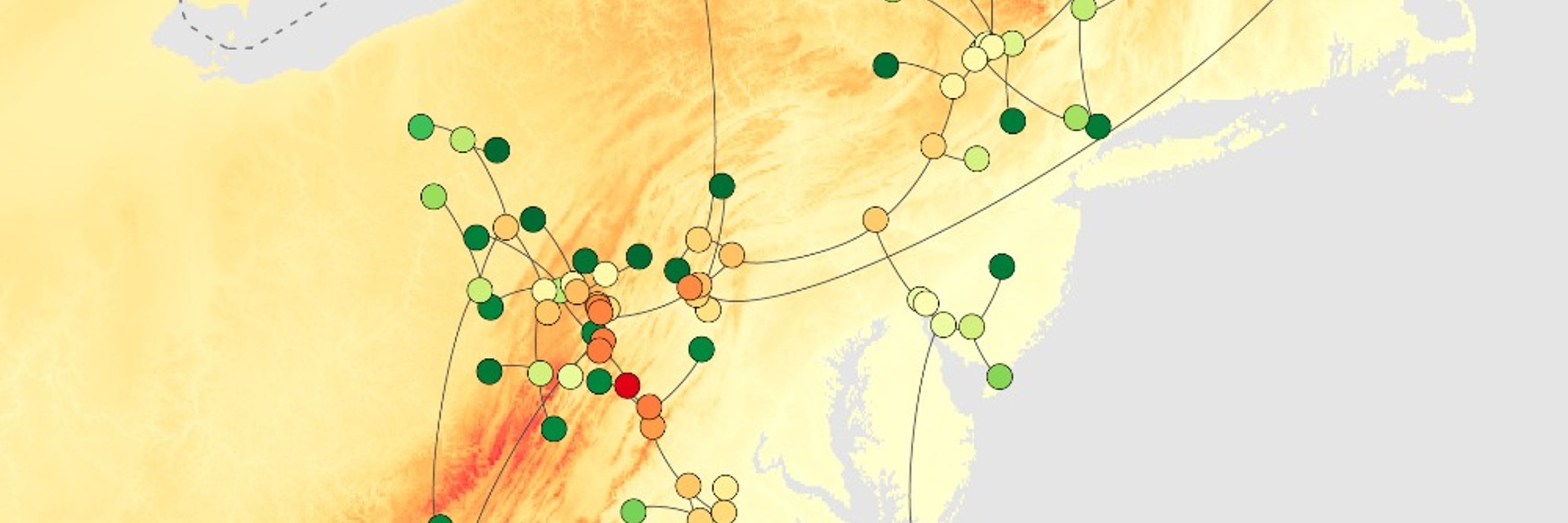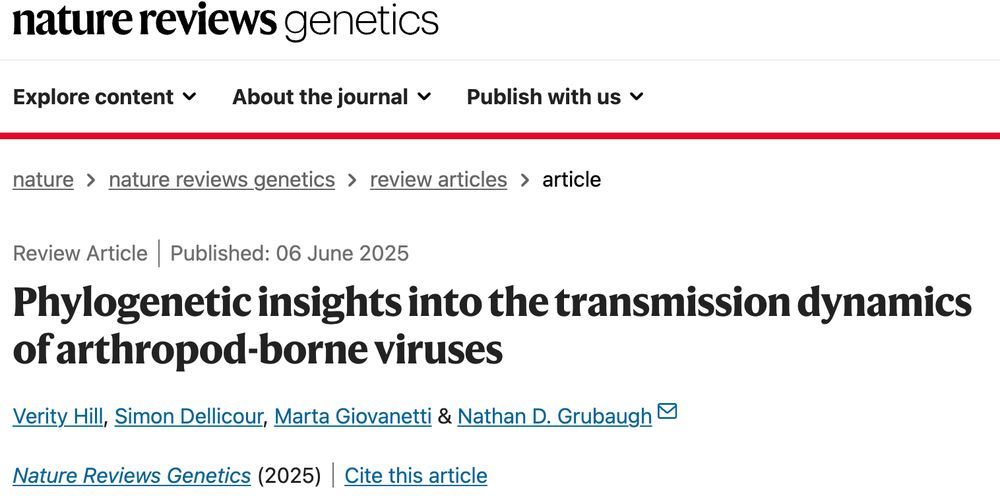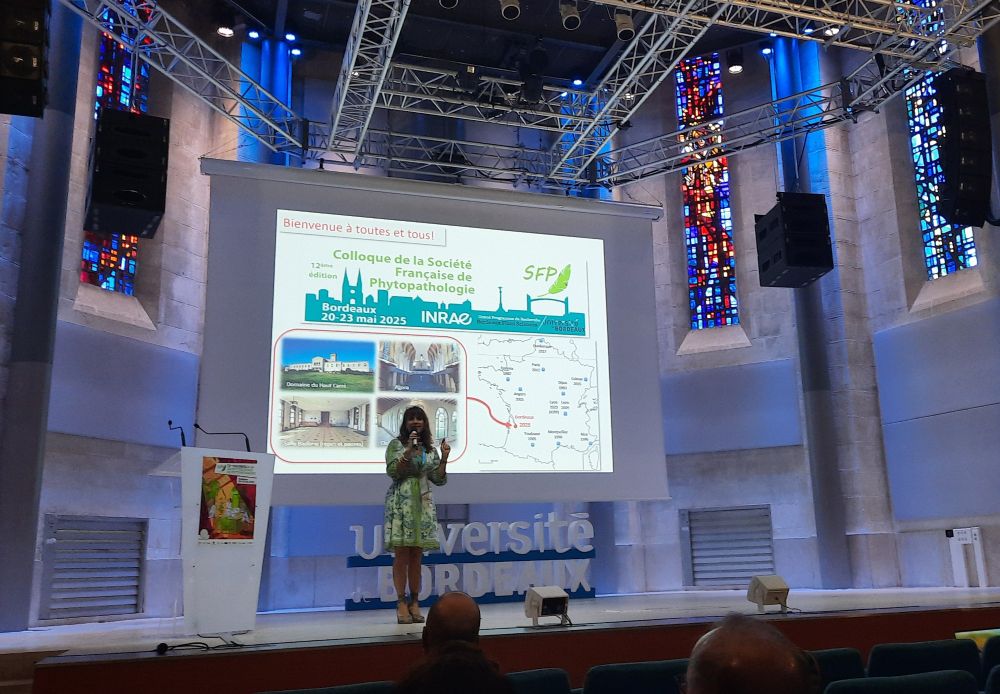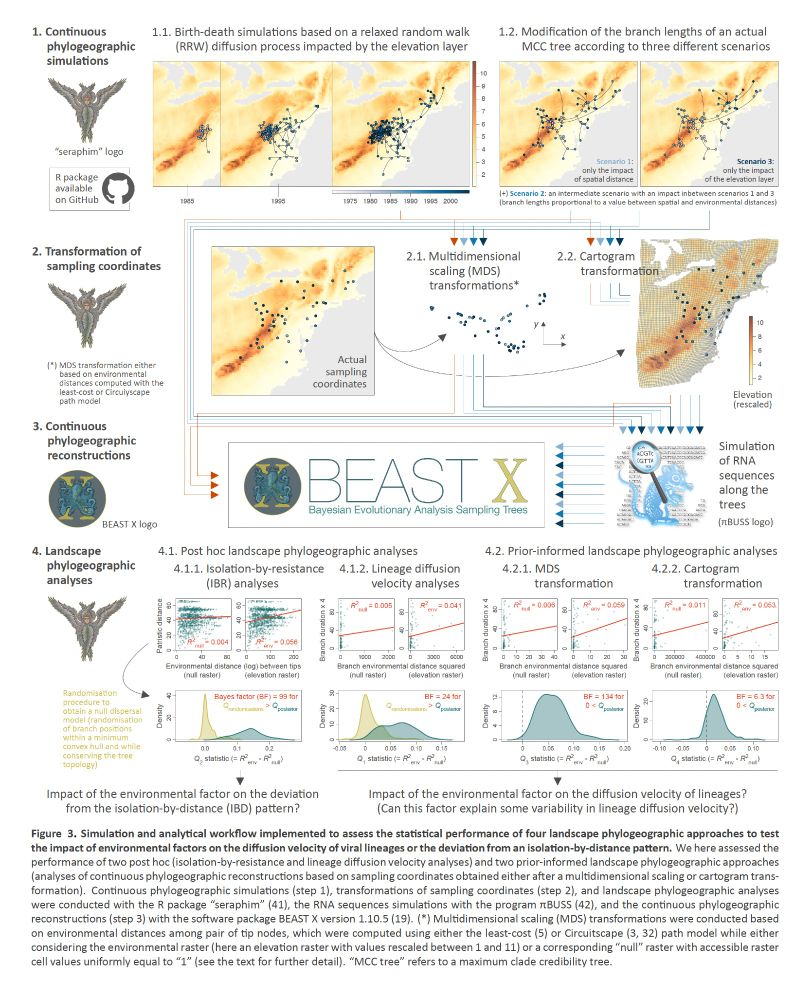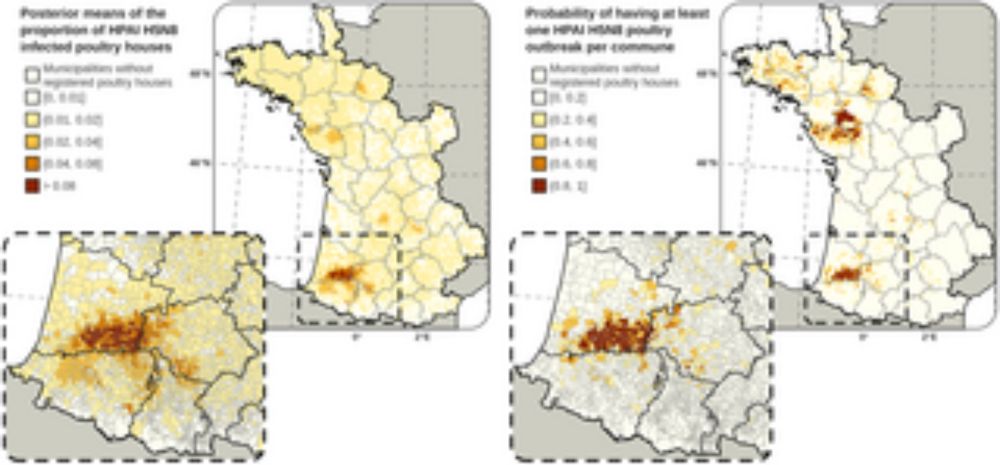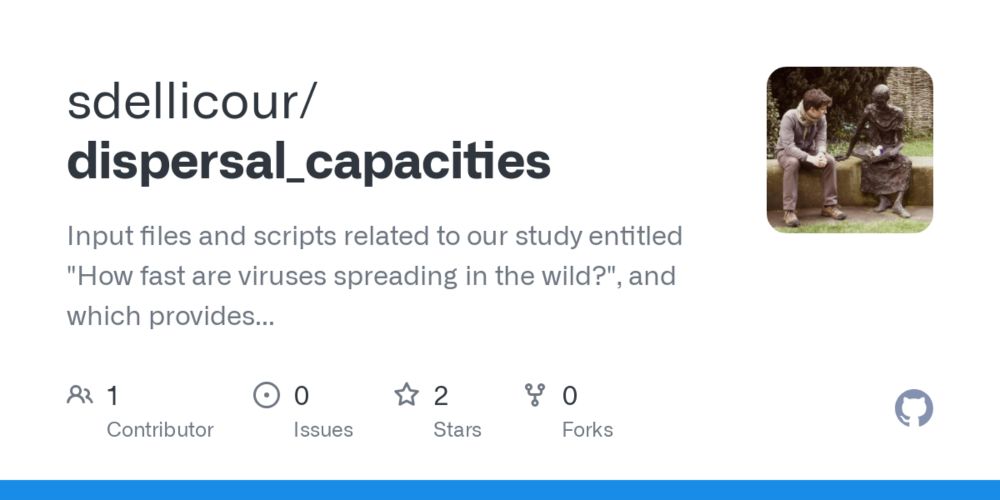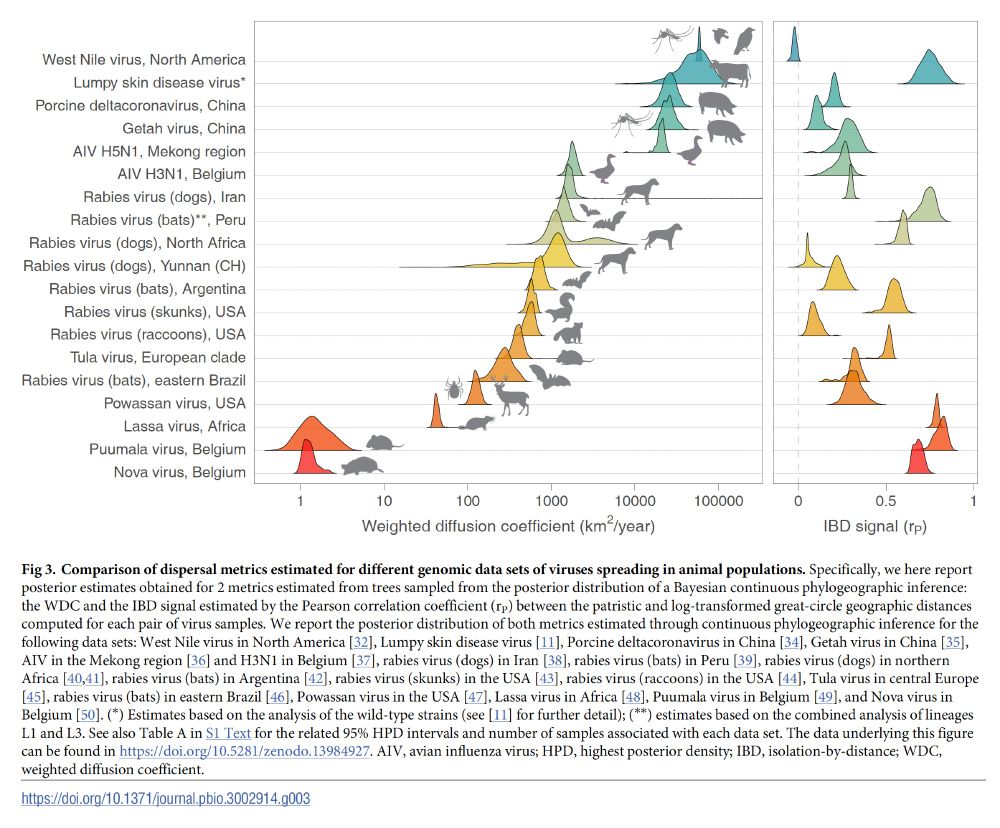Simon Dellicour
@sdellicour.bsky.social
850 followers
150 following
27 posts
F.R.S.-FNRS Research Associate at the University of Brussels (Spatial Epidemiology Lab - SpELL, https://spell.ulb.be/) and Visiting Professor at the University of Leuven (Evolutionary & Computational Virology lab, https://rega.kuleuven.be/cev/ecv)
Posts
Media
Videos
Starter Packs
Reposted by Simon Dellicour
Reposted by Simon Dellicour
Moritz Kraemer
@mugkraemer.bsky.social
· Jun 10
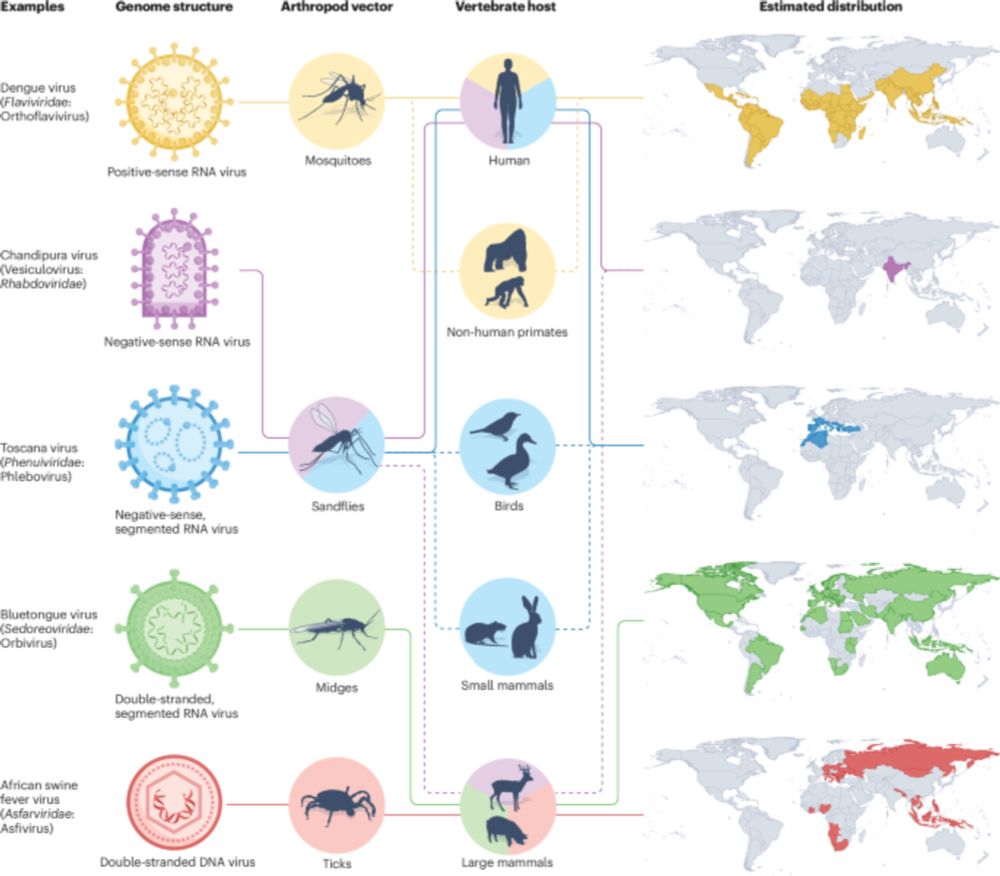
Phylogenetic insights into the transmission dynamics of arthropod-borne viruses - Nature Reviews Genetics
Arthropod-borne viruses have a substantial impact on global health, with climate change and urbanization exacerbating their emergence. Integrating genomic surveillance and phylogenetic models with eco...
www.nature.com
Reposted by Simon Dellicour
Reposted by Simon Dellicour
Reposted by Simon Dellicour
Spyros Lytras
@spyroslytras.bsky.social
· May 10
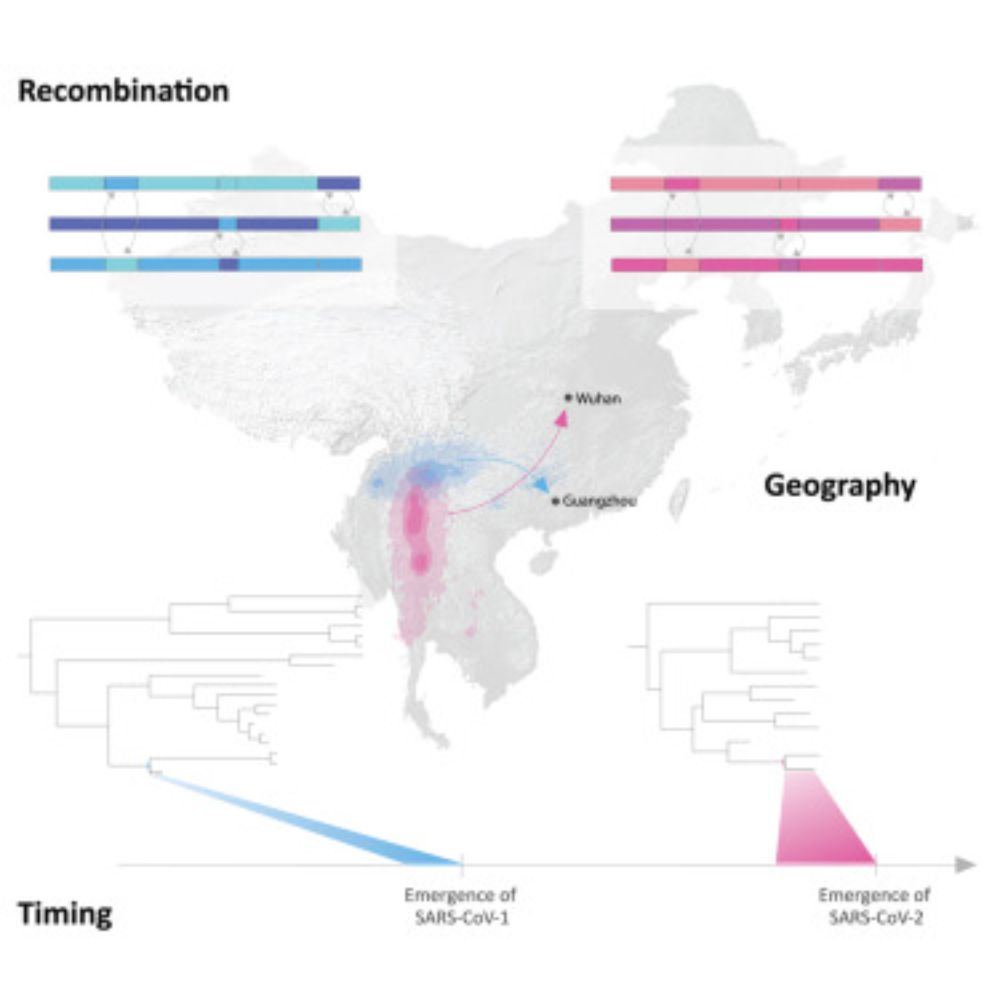
The recency and geographical origins of the bat viruses ancestral to SARS-CoV and SARS-CoV-2
Recombination-aware evolutionary analyses of the entire genomes of SARS-CoV-1-like
and SARS-CoV-2-like viruses indicate that SARS-CoV-1 and SARS-CoV-2 descend from bat
coronaviruses that circulated as...
www.cell.com
Reposted by Simon Dellicour
Stuart Neil
@tetherin.bsky.social
· May 7
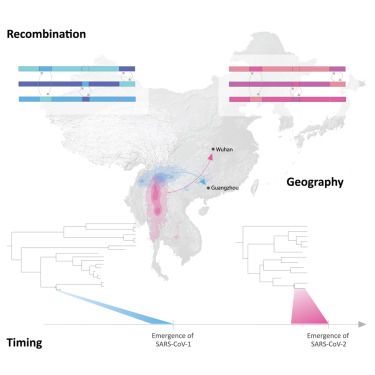
The recency and geographical origins of the bat viruses ancestral to SARS-CoV and SARS-CoV-2
Recombination-aware evolutionary analyses of the entire genomes of SARS-CoV-1-like
and SARS-CoV-2-like viruses indicate that SARS-CoV-1 and SARS-CoV-2 descend from bat
coronaviruses that circulated as...
www.cell.com
Simon Dellicour
@sdellicour.bsky.social
· Mar 28
Simon Dellicour
@sdellicour.bsky.social
· Mar 28
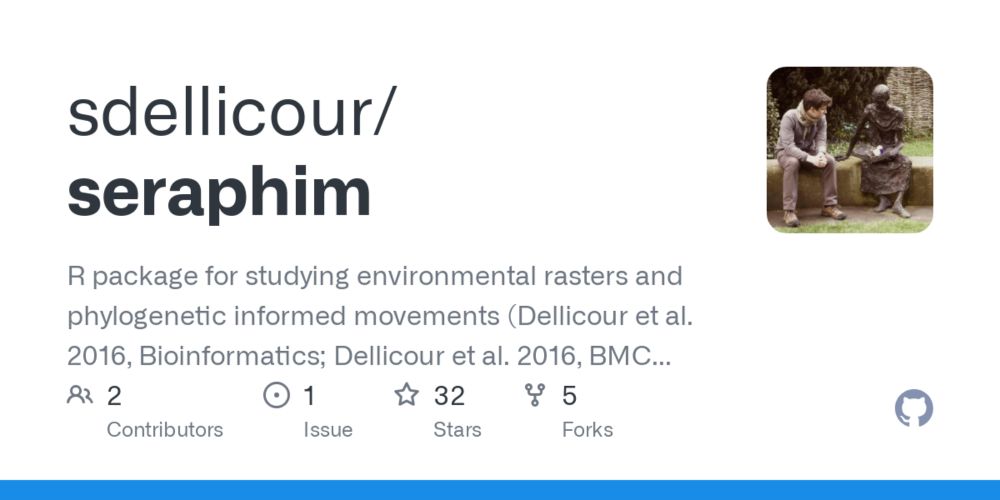
GitHub - sdellicour/seraphim: R package for studying environmental rasters and phylogenetic informed movements (Dellicour et al. 2016, Bioinformatics; Dellicour et al. 2016, BMC Bioinf.)
R package for studying environmental rasters and phylogenetic informed movements (Dellicour et al. 2016, Bioinformatics; Dellicour et al. 2016, BMC Bioinf.) - sdellicour/seraphim
github.com
Simon Dellicour
@sdellicour.bsky.social
· Mar 28
GitHub - sdellicour/landscape_phylogeography: Input files and scripts related to our study entitled "comparative performance of novel viral landscape phylogeography approaches", and which provides a s...
Input files and scripts related to our study entitled "comparative performance of novel viral landscape phylogeography approaches", and which provides a simulation framework for assessing...
github.com
Simon Dellicour
@sdellicour.bsky.social
· Mar 28
Simon Dellicour
@sdellicour.bsky.social
· Mar 28
Simon Dellicour
@sdellicour.bsky.social
· Mar 28
Simon Dellicour
@sdellicour.bsky.social
· Mar 28

Comparative performance of novel viral landscape phylogeography approaches
The fast rate of evolution in RNA viruses implies that their evolutionary and ecological processes occur on the same time scale. Genome sequences of these pathogens can therefore contain information a...
www.biorxiv.org
Reposted by Simon Dellicour
Flo Débarre
@flodebarre.bsky.social
· Feb 4

Elon Musk’s Blitz Shakes U.S. Government as He Sweeps Through Agencies (Gift Article)
The billionaire is creating major upheaval as his team sweeps through agencies, in what has been an extraordinary flexing of power by a private individual.
www.nytimes.com
